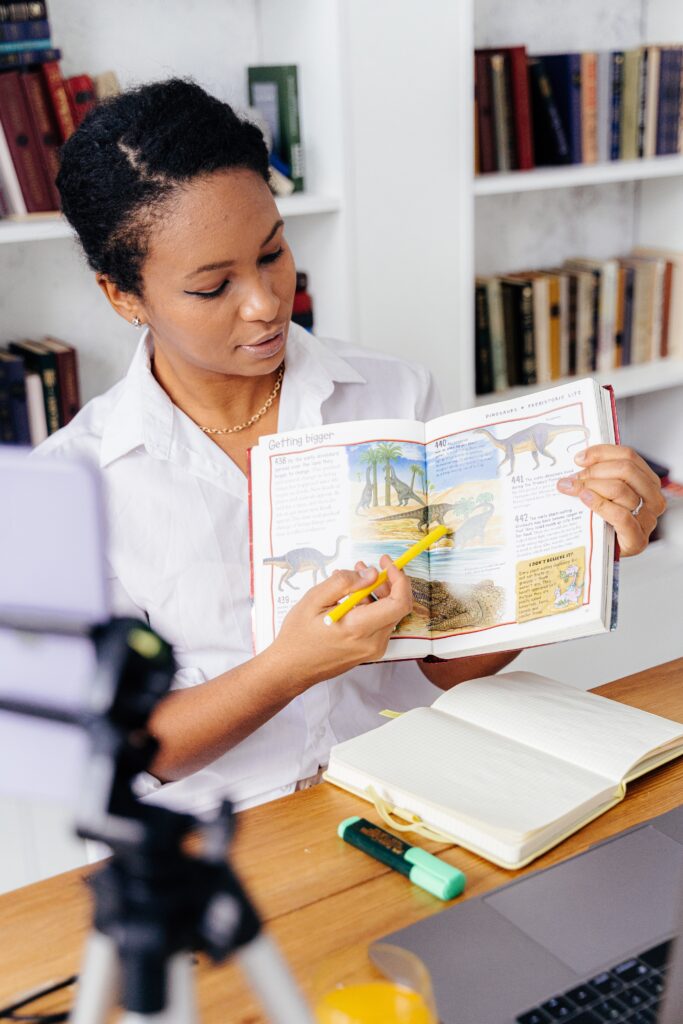Sep 18, 2023

Most groups will have a range of literacy represented. When you are working with a group that has low literacy, consider the tips below to make sure everyone feels included and able to learn.
- Use language that is familiar to the group. In general, everyday language is more easily and universally understood compared to academic or professional language. You should also avoid technical words, abbreviated terms, and acronyms.
- Check assumptions and be flexible. A common mistake many make is going into a community with set ideas and assumptions. Make time before you start your event to learn about the people coming and how you can adapt the design/facilitation to maximize their learning. Continue asking questions throughout the learning program – there is always more to learn and adjust along the way.
- Invite reflection and dialogue. To help ensure real change as a result of your learning program, it’s essential to create a space for learners to enter and feel safe enough for meaningful dialogue and idea sharing. Learners need to critically consider their experiences and feel free enough to challenge existing practices. Groups with low literacy need to do this aloud, since written reflection may not be possible. By creating a safe, respectful, and open space for reflection, introspection and dialogue, change is more possible.
- Invite pair and small group sharing. Each individual wants to learn and needs time to share a story, example, idea or question. Sharing in the full group only gives a few people the opportunity to speak – pair and small group sharing gives everyone this opportunity.
- Use visuals. Where possible use visual aids to teach new content or to make a point. Some visuals you might prepare or print in advance, and some you can make as you go. Ask yourself: “What can I show the group that will help their learning?” It doesn’t have to be fancy or complicated, and you do not have to be a great artist to draw an illustration.
- Use props. Whether as a role play in the room or a demonstration, showing as well as telling is extremely helpful in learning. The key is to find props that communicate clearly and simply.
- Engage learners by DOING. The best way to learn something is to do something with new content to test, challenge, examine and/or practice it. If you ensure that an activity does not involve much writing, learners will be successful regardless of language, reading and writing abilities.
What ideas do you have for facilitating groups with low literacy?
Jeanette Romkema is GLP Senior Consultant, Network Director and Co-owner. Read more blogs by Jeanette.
Meg Logue is the GLP Product Design Manager. Read more blogs by Meg.
Here are other GLP blogs you may be interested in…



